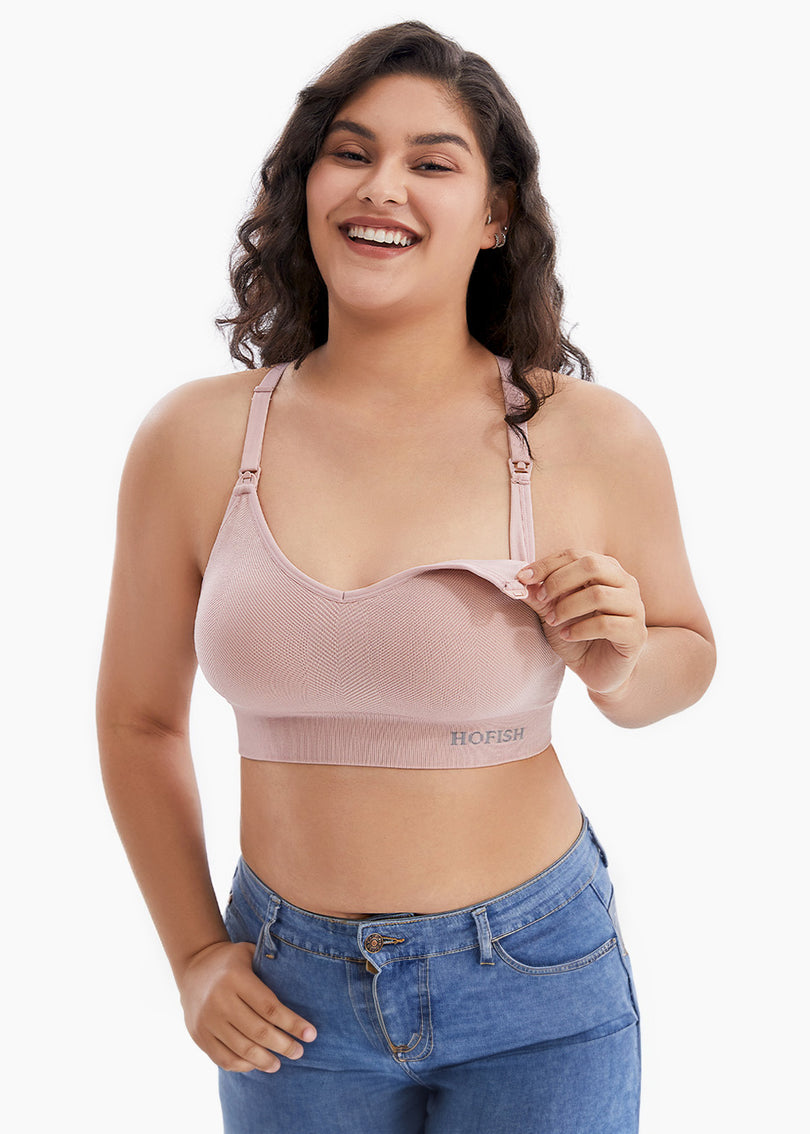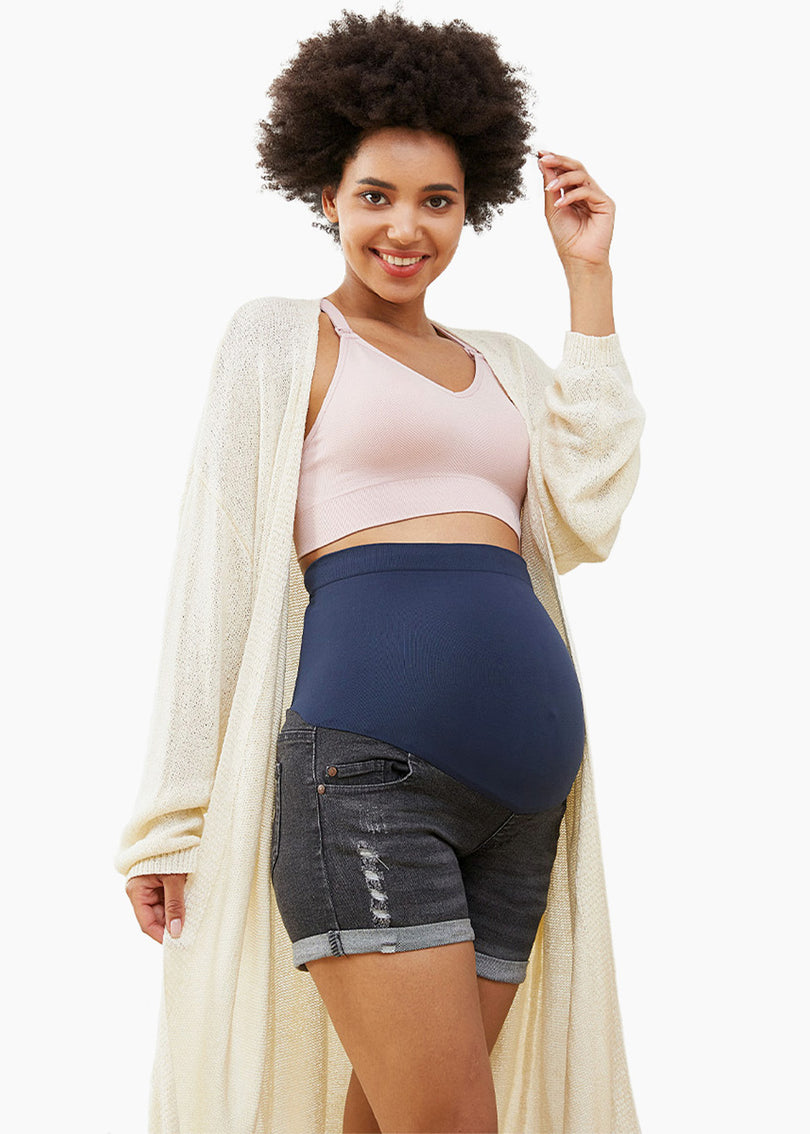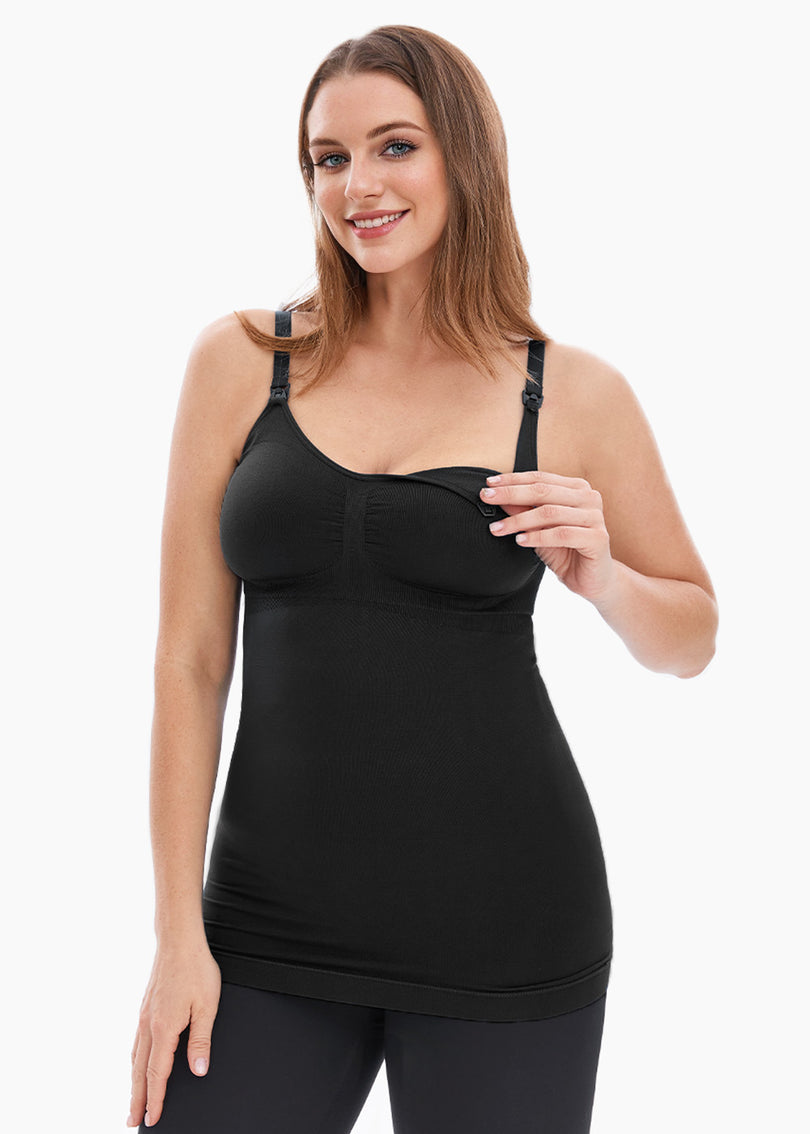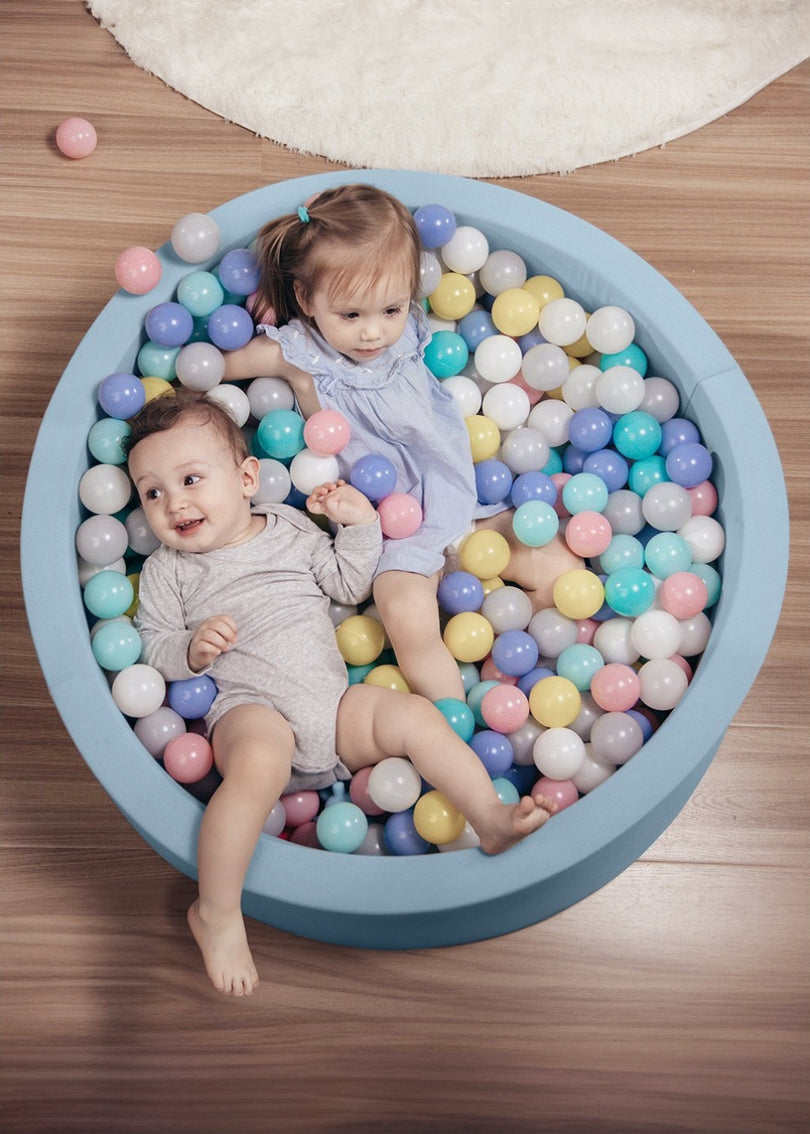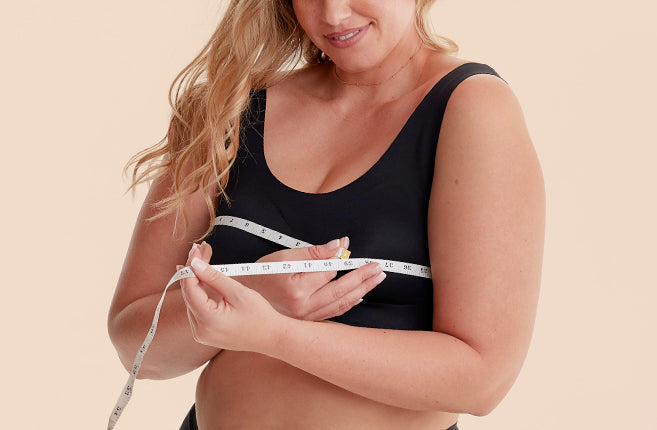Pumping can be a stressful process, which is why it's important to ensure that you are using your breast pump properly. One of the most important elements of your breast pump is the flange. If you aren't using the correct size flange, your pumping may be ineffective or potentially even painful and uncomfortable. The following guide will help you understand what a breast pump flange is intended for, why the size of your flange matters, how to tell if it's fitted correctly--and finally, how to measure the correct breast pump flange size for your needs.

What is a breast pump flange?
If you've never pumped before or you simply aren't sure how the different parts of the pump work, you might be wondering: what is a flange? In the context of a breast pump, the flange is the piece that connects your breast to the pump itself. Flanges are included with the standard breast pump, but these are "standard" size breast flanges, and they aren't necessarily going to fit every new mother correctly.
Does the flange size actually matter?
Flanges come in a variety of different sizes; they are not "one size fits all." While a breast pump will include flanges in the packaging, these are simply 'standard' flanges that fit the pump. They aren't intended to be custom-sized for every person who buys the pump, because every new mother will have different sized breasts, nipples, and body shapes.
Flange size matters because if the flange doesn't fit correctly, it can cause a host of negative reactions. These range from cuts or abrasions on your nipple to reduced milk flow; reduced milk flow, over time, can cause blocked milk ducts.
The potential negative impact of poorly fitted flanges are why it is so important to make sure your pump flanges are the right size.
How can you tell if the flange fits incorrectly?
You may be uncertain as to whether or not the flange is properly fitted. Here are some of the most common signs that indicate you need to get a different size flange:
- Flange rubs against your nipple, causing discomfort or even pain
- Significant amount of areolaor even breast tissue being sucked into the flange tunnel
- Redness or bruising after you use thebreast pump
- Reduced blood circulation in your breast where the flange touches your skin; this is often indicated through your skinor nipples turning lighter where the flange and skin meet
- Feeling of fullness remaining in breastdespite pumping for the regular amount of time
- Blocked milk ducts despite regular pumping, which indicates that you aren’t getting enough milk out
If you have experienced one or more of the above symptoms, it is very likely that the flange size for your pump is not fitted correctly.
How can you tell if the flange fits correctly?
As a general rule of thumb, if you don’t sense anything wrong and you don’t notice anything unusual after pumping, it is likely that the flange fits properly. However, to make sure, consider the following detailed signs that your flange is likely the correct fit:
- Your nipple is "centered" inside the flange piece without touching the sides, and can move freely without being sucked inside
- You do not have pain when using the flange
- Your areola tissue is not inside the pump
- There is no significant discomfort or tenderness after using the pump
- You feel "lighter" after using the pump, without feeling like you need to pump more
How do you measure the flange size?
If you have determined that you need a new flange, your next step should be finding out how to measure for the correct flange size. There are 2 ways to measure the size of your nipples.
- Use the nipple ruler or the normal ruler to measure
Step 1: Stimulate your nipple to make it perk up.
Step 2: Hold the ruler at a perpendicular angle and line the 0 scale with your nipple base at the same horizontal line, also with the ruler edge meet your areola.
Step 3: Get the millimeters number between the nipple base and the nipple top, and the size measuring is done.
- Use the nipple ruler with holes to measure
Step 1: Stimulate your nipple to make it perk up.
Step 2: Place your nipple into the holes one by one to find out which one you can comfortably fit your nipples into, in a way that your nipple can be out through the hole totally, also the ruler can touch the areola at the same time.
Step 3: Get the size of the holes, then the size measuring is done.
After getting the size of your nipples, you can choose the size of flanges, here are flange size guides:

You can get more information about size measurements here.
What are the most common flange sizes?
The “standard” flange size that comes with a standard breast pump is almost always going to measure 24mm. Flange sizes offered individually or with specialty pumps typically range from about 17mm through 27mm.
We currently offer flanges in the following sizes, with various style options for the different measurements on offer:
- 17mm
- 19mm
- 21mm
- 24mm
- 27mm
Remember to carefully measure yourself before choosing a flange size. A properly fitted flange will make the experience of pumping not only more comfortable, but more efficient and safer as well.
Final Thoughts
The flange is one of the most important parts of a breast pump. It is important that you have a properly fitted flange in order to reduce the risk of discomfort, pain, and even serious issues like blocked milk ducts. If your flange isn’t the right size, you’ll need to measure yourself in order to determine the proper flange size for your needs.
Remember, if you are experiencing any signs that your breast pump flange isn’t the right fit, take action right away to ensure you get one that’s suited to your nipple size.
